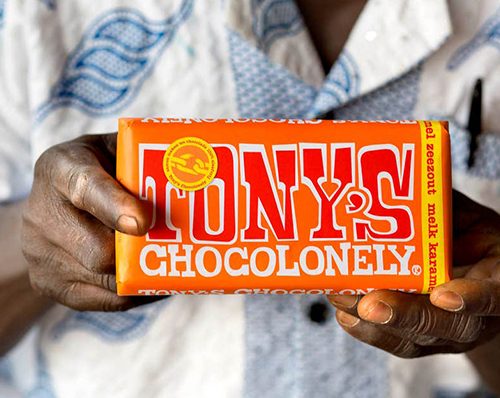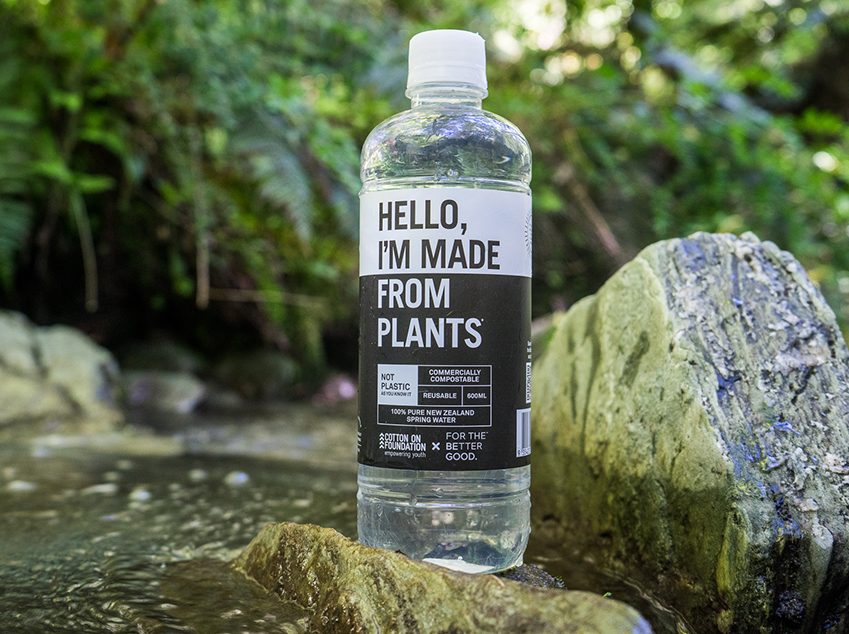Didn’t get to Food Matters Live this year? Fear not. Here’s our ten minutes read of the interesting bits we saw and heard.
Sustainability the queen of the show
Consumer demand for more sustainable food and drink options was a big driving force of developments. Momentum around vegan and plant-based options continues – with a massive one third of brands and innovations presented connecting to this trend. Along with an abundance of free-from alternatives, vegetarian options and plastic-free inventions. The UK has never watched what’s happening in the sustainability space as much as today, and as for most innovations it often starts with easy food swaps. Once you start realising the amount of meat you eat and the amount of plastic covering what you buy you can’t turn back. So you turn to easy solutions that make you feel good whilst doing good.
Realising the health benefits of raw ingredients
There’s now a vast number of brands injecting ingredients to give us all that ‘health boost’ we’re keen to feel without doing the hard work! Turmeric and apple cider vinegar were the stars of the show. Obviously apple cider vinegar can’t cure major disease, but there is a great desire to move away from over the counter medication to more natural solutions to cure small illnesses. With the growing lack of trust in pharmaceutical companies, consumers will undoubtedly turn to more raw ingredients from their kitchens for simple health hacks at home.
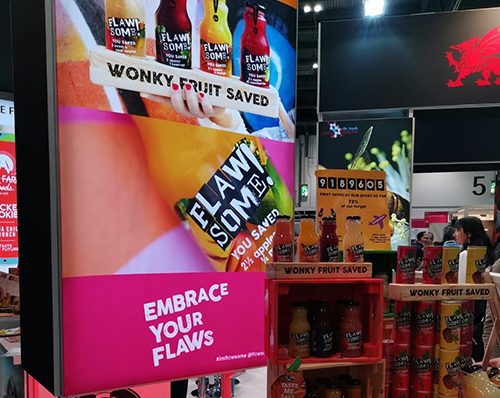
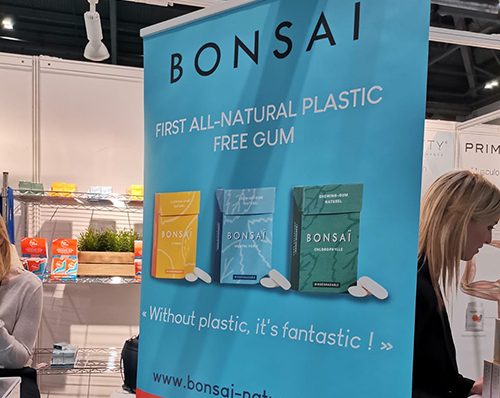
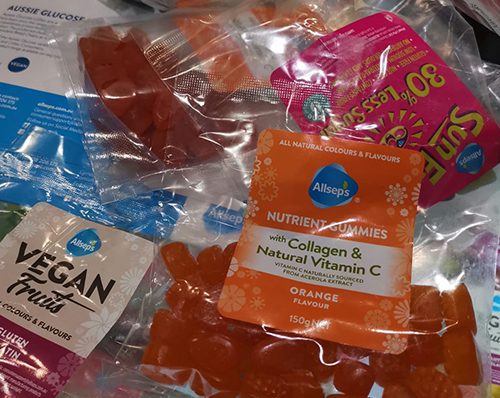
Consumers expect transparency in everything
More than just knowing whether the packaging is recyclable or not, consumers increasingly demand clarity on the whole supply chain. And smaller, more innovative brands are doing an excellent job at being transparent on their whole supply chain process than the super brands. So beware! Consumers won’t be fooled and are likely to have more and more demanding expectations in the future.
Immersion in more ‘human’ brand stories
Food hasn’t felt like sustenance for at least a decade. With the growing importance of food in our lifestyles, our health, and even our Instagram accounts, consumers will expect to connect with the food they buy on a deeper, more personal level. It’s about looking good and feeling good. We met a carpenter from Wales who, after suffering from arthritis for years, got convinced by the benefits of turmeric and decided to launch his own health drink to cure it using only using local ingredients. He made recipes for years in his own garage before he got the right balance between taste and health benefits. These are the sort of powerful stories consumers want to get immersed in.
Packaging can’t be left till last!
We know from working with many brands that when it comes to packaging, a good intention to improve often doesn’t result in radical enough change. Packaging is the shop window of your product. When done well, packaging has the power to grab consumers’ attention and disrupt their automatic shopping mode. But when left to the end of the innovation pipeline or with little end user input that’s when poor sales and even consumer backlash can happen. For example, Mr Kipling moved to more individually packaged cake bars recently, but in doing so doubled the amount of plastic on their packaging. The resulting backlash was strong! Brands should put just as much effort into thinking about how their packaging design connects to consumer motivations as they do for what’s inside.

